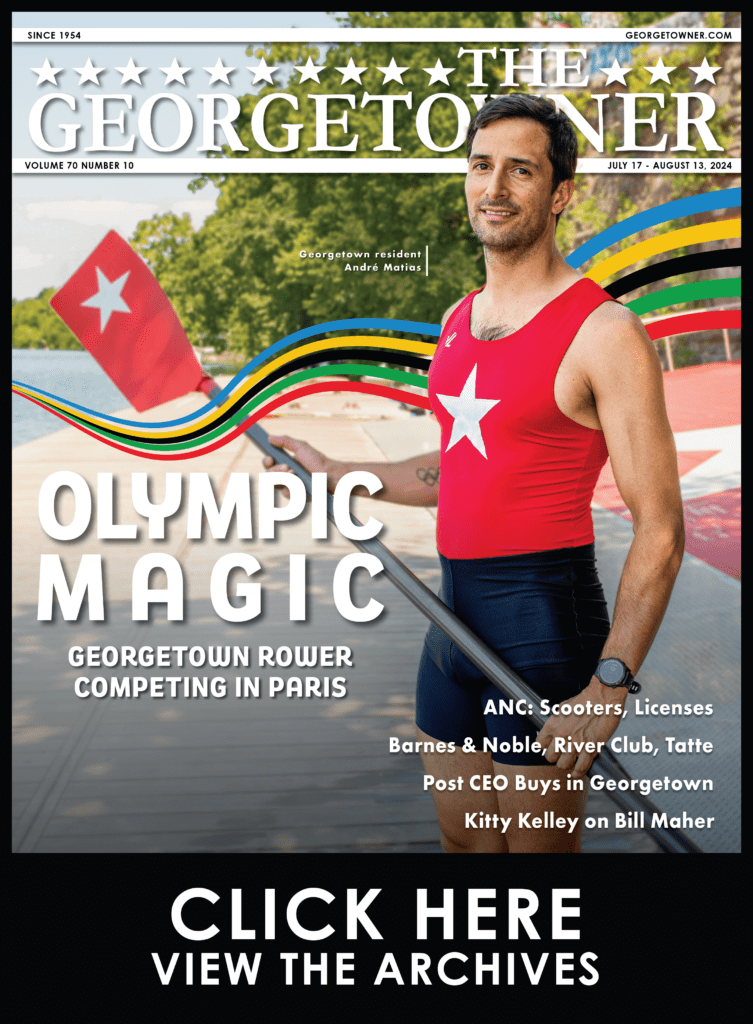Cocktail of the Month: White Russian
By • May 3, 2017 0 1289

The white Russian has been on a roller coaster ride since its inception — climbing to a peak in the ’70s, falling into a steady slump, shooting up to dizzying heights of underground coolness in the late ’90s and lastly returning as the butt of a joke in 2016. And unlike our current commander in chief, the cocktail has nothing to do with Russia.
To look at the drink’s earliest origins, one must turn to its sister tipple, the black Russian, a 5-2 mixture of vodka and coffee liqueur. According to legend, the black Russian first appeared in the late 1940s in Belgium. Liquor.com reports that it was concocted at the Hotel Metropole in Brussels by the establishment’s bartender, Gustave Tops. Tops created the black Russian in honor of Perle Mesta, the American ambassador to Luxembourg, who was hanging out in the bar at the time.
The reason he chose those ingredients is unknown. The “black” in the name is said to come from the dark color of the drink and the “Russian” from the chief spirit. Before the proliferation of international vodkas like Absolut, Finlandia and Grey Goose, vodka was considered quintessentially Russian.
Mesta was a well-known Washington hostess who served black Russians at her frequent parties. It’s said that President Harry Truman played the piano at one of her shindigs, while Gen. Dwight Eisenhower sang at another.
Somewhere along the line, cream was added and, voilà, the white Russian was born. The cream gave the drink a white color, hence the altered name. White Russians quickly became popular, since the cream reduced the alcohol flavor in this rather potent potable. It was the perfect storm: a drink with a lot of alcohol but no rough taste at all.
Another story claims that the white Russian evolved in the 1930s from a drink called simply the Russian, which emerged at the time vodka began to slowly migrate to the west. The Russian was made with vodka, gin and crème de cacao.
According to the makers of Kahlúa, the brand of coffee liqueur most associated with these cocktails, the white Russian was invented in Oakland, California, in 1955. The name “white Russian” also pops up in the 1960s in a Southern Comfort advert that featured a drink by that name mixed with Coffee Southern liqueur.
Whatever brand of coffee liqueur was used, the white Russian climbed in popularity in the 1960s and continued on into the disco era. By the 1980s, however, the drink had become as passé as polyester and wide lapels. It was relegated to the back shelf and considered a drink for amateurs or underage sorority sisters. Its almost milkshake-like texture and rich sweetness was passed over in favor of lighter drinks.
Then, in 1998, “the Dude” emerged and the cocktail shot to legendary status. The antihero of the Cohen brothers’ cult flick “The Big Lebowski” brought his drink of choice, the politically correct “Caucasian Russian,” to the big screen. Lebowski enthusiasts will be able to tell you that the Dude drank a total of eight and dropped on the floor during the course of the movie. Perhaps the best place to order a Caucasian Russian is at the annual Dudefest in Louisville, Kentucky, which celebrates all things Lebowski.
The most recent pop-culture reference I have seen is a well-circulated comical meme that first appeared during the 2016 presidential campaign. The “Donald Trump” is a cocktail described as “a white Russian, under a thick orange skin, garnished with a piece of fake gold leaf.” Another appropriate garnish might be a tiny chili pepper. Perhaps this cocktail has finally found a Russian connection.
The White Russian
1 part vodka
1 part coffee liqueur
1 part cream
Pour over ice and stir carefully. Enjoy. The Dude abides.

